How To Sound Like Muse
Undoubtedly one of the most distinctive-sounding bands you will find, Muse formed back in 1994 in Devon, UK. Their sound could be described as melodic and very much influenced by classical and romantic era music.
Over the years the musical style has evolved continuously, drawing from glam rock, prog rock, psychedelic rock, Brit pop, and almost everything in between.
Throughout the band’s now nine-album discography, the constant thread has been cinematic, symphonic moods filled with drama. This is always led by Matt Bellamy’s unmistakable warbling vibrato and falsetto vocals that almost sound like a case of the dreaded Lurgi.
The instruments used by Muse:
As a band, Muse has always changed instruments like pop stars change outfits. They have also used an incredibly wide variety of gear both on tour and in studio, which makes it difficult to pin their sound on individual pieces of kit.
However, there are a few gear choices that can certainly put you in the same ballpark without having to break the bank. So we’ll discuss the instruments and focus on a few that can, at the very least, expand your sound palette.
Guitars
It’s no secret that Bellamy generally prefers his own custom-spec Manson guitars, often featuring Sustainiac pickups. As far as guitarists go, he is one of the most eccentric in his approach to the instrument with guitars that would make purists cringe.
This experimental outlook on guitar design means literally anything goes. From Korg Kaoss Pads to having MXR Phase 90 and ZVex Fuzz Factory circuits built into the guitar body, creativity is certainly emphasised. One of Matt’s guitars even features a custom Arturia Prophet V softsynth built in collaboration with Fishman and MIND Music Labs.


Guitar Effects
Besides his obvious favourite Fuzz Factory, Bellamy has used a range of pedals and rack effects including some classics like the Korg SDD 3000 and the famous TC Electronic 2290 delay units. As Muse material became more adventurous and soundscape orientated, so did the effects rigs used on stage.
Matt Bellamy even used the processing engine of the Nord Modular G2 on the Black Holes and Revelations tour. So regardless of the gear, it’s more the musical ideas driving the effects choices rather than the other way around.

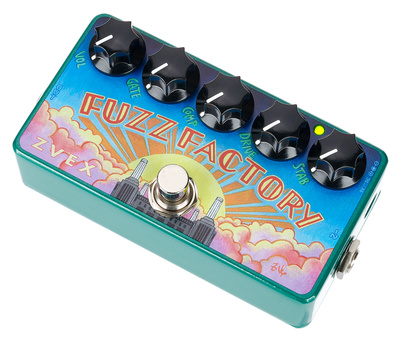
Amplifiers
Matt Bellamy has used (and abused) dozens of amplifiers over the years, however, a few have become stalwart choices. 100 Watt Marshall heads such as the DSL100, Vox AC30s and the brutal Diezel VH4 tube amps, have all featured in Bellamy’s arsenal.
Look behind the scenes at any modern Muse show for amplifiers, however, and you’ll be disappointed! Since 2013 Matt Bellamy has joined the increasing ranks of guitarists using the Kemper Profiler.

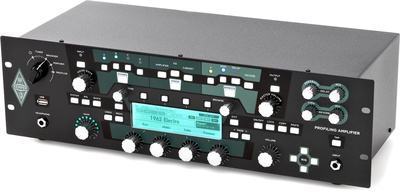
Bass
Over the years, Chris Wolstenholme has played basses from Fender, Status, Pedulla, and many others. In the early days of Muse, you’d have seen Marshall DBS amplifiers behind Chris. In later years that’s given way for a preference for Markbass amp heads as well as the classic choice of an Ampeg SVT.
From around the time of the Absolution album, both Matt and Chris expanded their effects rigs into the realm of rack effects controlled by techs. However, some of the interesting choices of bass pedals include the AKAI Deep Impact SB1 and the Human Gear Animato Distortion.

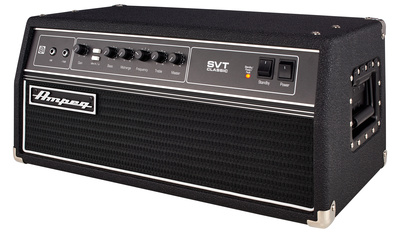
Synths
Synthesizers have always been a part of the Muse sound. From vintage analogue keyboards like the Roland Juno-60, to more involved systems like the Buchla 200e modular or the Arturia Matrixbrute.
Meanwhile, from around 2006 onward, their touring setups began to feature instruments like the Moog Voyager RME, a Macbeth Studio Systems modular, and the Moog Sub37. Some of the effects included the Electrix Filter Factory and MoFX rack units, as well as the Damage Control TimeLine delay pedal.

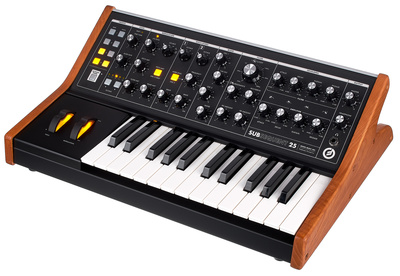
Drums
Like the other band members, Dominic Howard’s drum setups also expanded as the music they produced got more complex. He’s used shells from Tama, Ludwig, Gretsch, DW, and Q Drum Co. with a selection of Sabian cymbals and a constantly increasing number of Roland triggers.
He’s always preferred a 6.5″ (or even 7″) inch steel or copper snare, and has also used a wide selection of percussion instruments while recording and on tour. This includes gongs, timpanis, shakers, tambourines, ribbon crashers, and various traditional percussion instruments that he even played with animal bones on Screenager from the Origin Of Symmetry album.

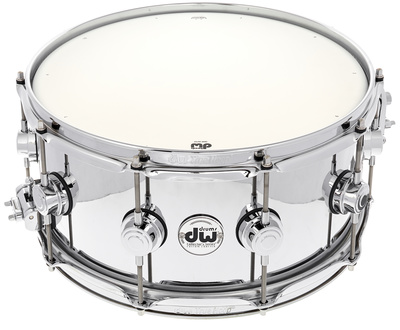
More from Muse:
- Listen to Will Of The People
- Muse official page
- More Sound Alikes
- Everything vintage
Videos:
You are currently viewing a placeholder content from YouTube. To access the actual content, click the button below. Please note that doing so will share data with third-party providers.
You are currently viewing a placeholder content from YouTube. To access the actual content, click the button below. Please note that doing so will share data with third-party providers.
You are currently viewing a placeholder content from YouTube. To access the actual content, click the button below. Please note that doing so will share data with third-party providers.
You are currently viewing a placeholder content from YouTube. To access the actual content, click the button below. Please note that doing so will share data with third-party providers.
Note: This article contains affiliate links that help us fund our site. Don’t worry: the price for you always stays the same! If you buy something through these links, we will receive a small commission. Thank you for your support!
One response to “How To Sound Like Muse”

 3,6 / 5,0 |
3,6 / 5,0 | 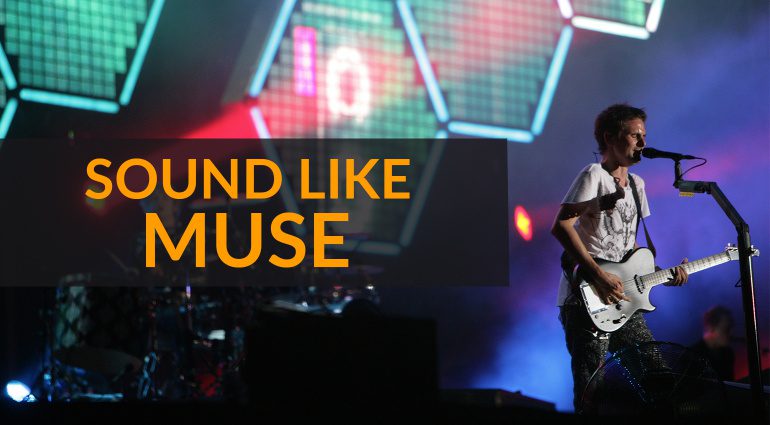


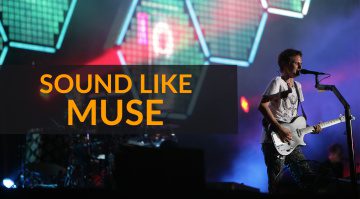


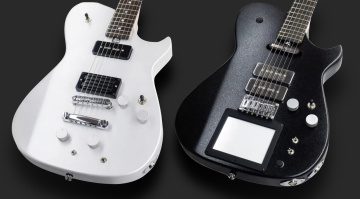



To this day I don’t think that the price for the Fuzz Factory is justified. It’s one of the most simple circuit designs ever – basically a modded Fuzz Face. It’s so simple that I got the schematic online and added my own “fat switch” as well as a brighter LED. I have the very cool Vexter limited chrome version, which I bought used back in the days for 250$, before I knew that there are clones available for very little money. That’s what I would get today.